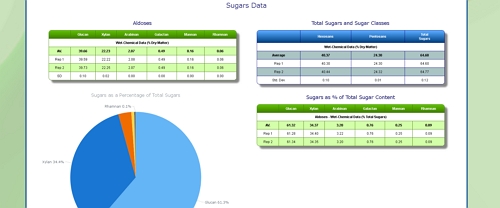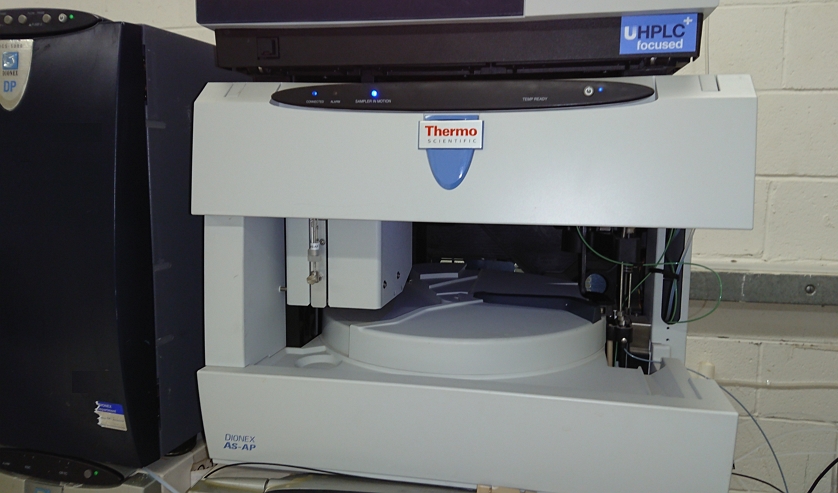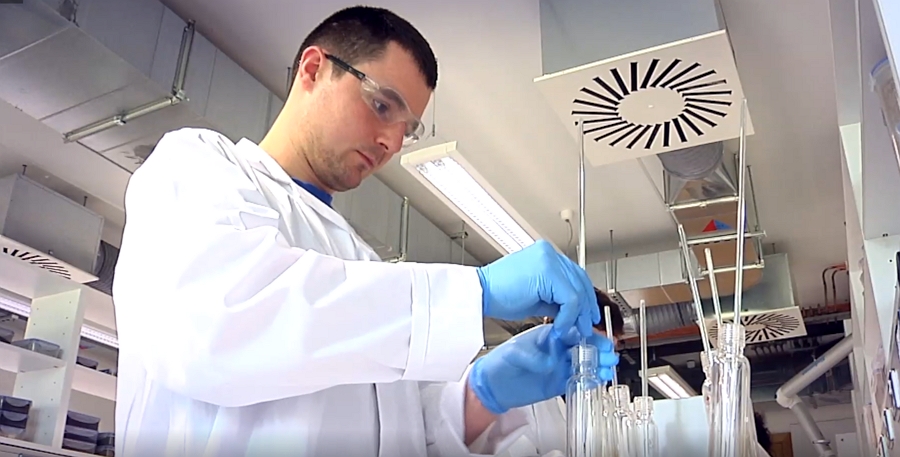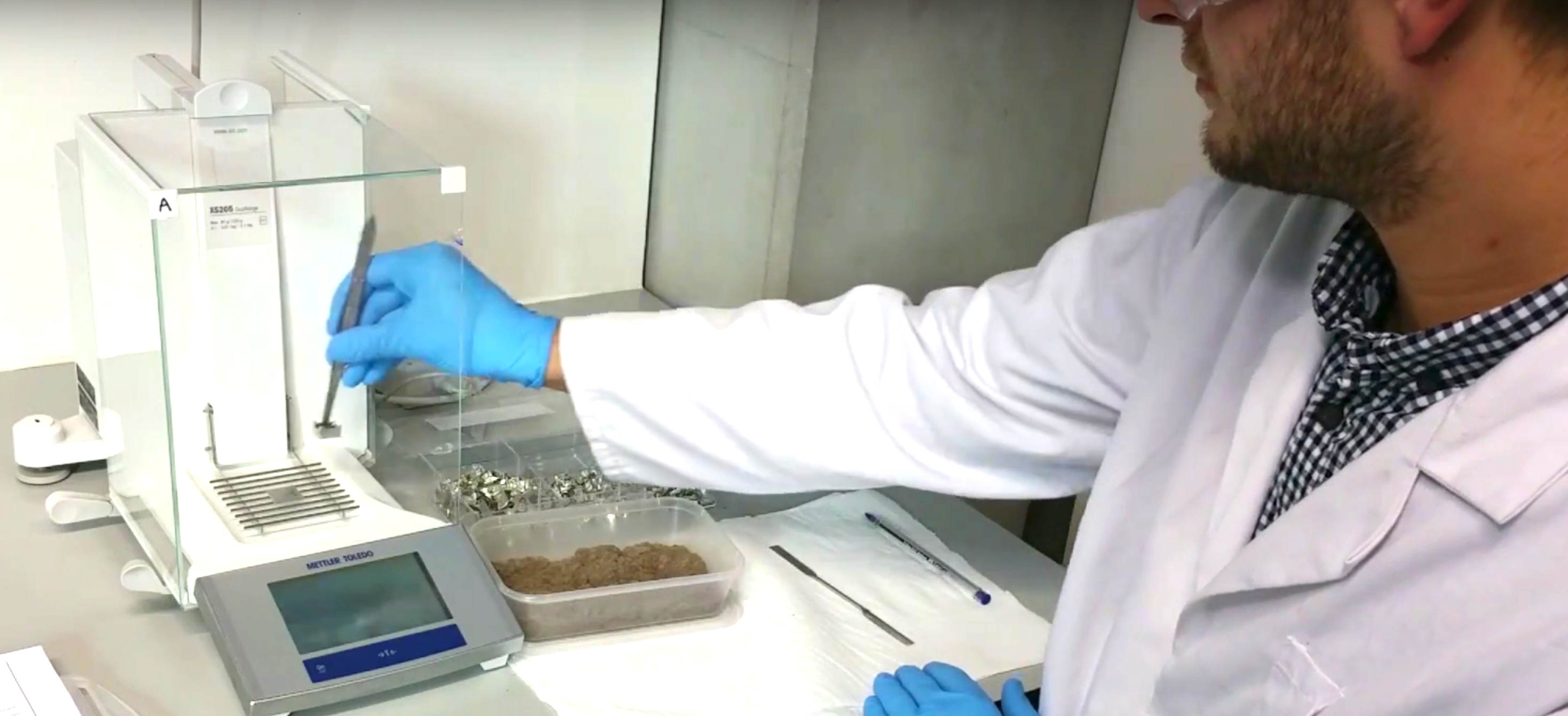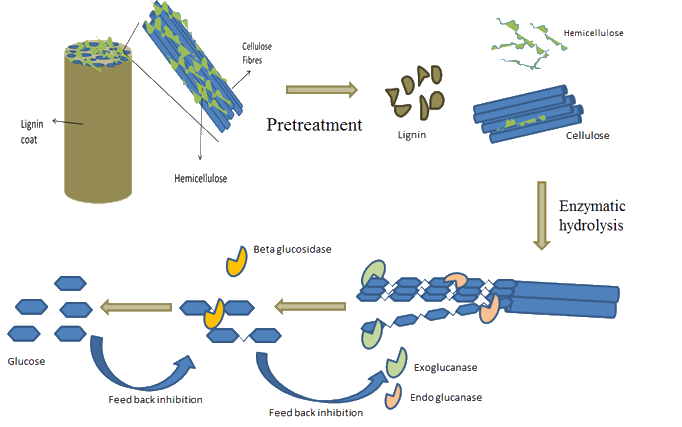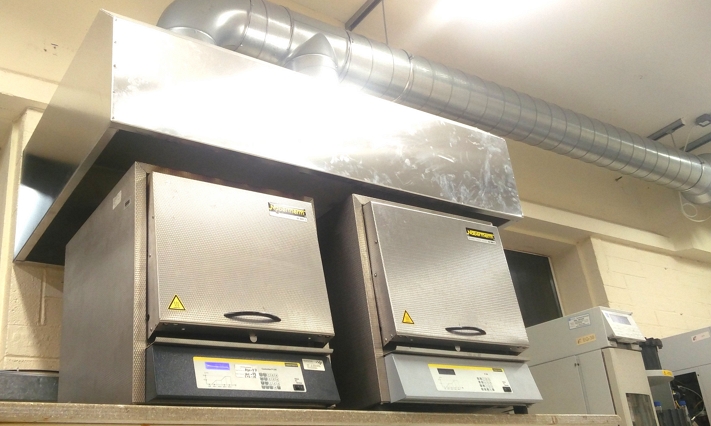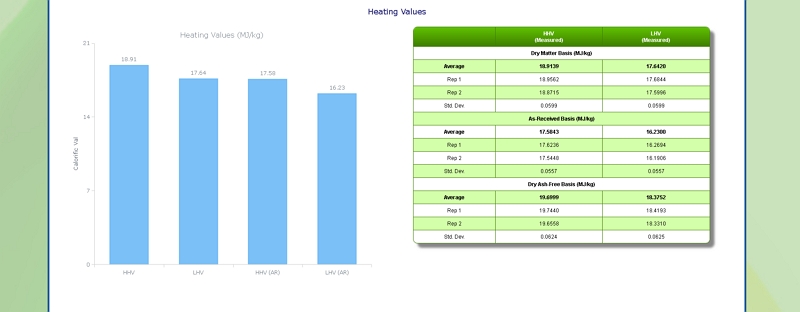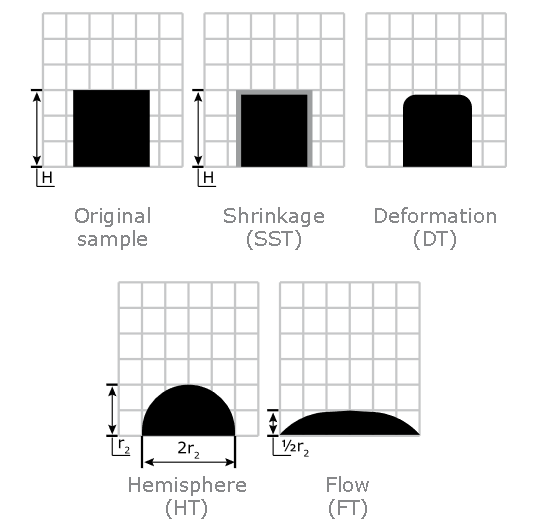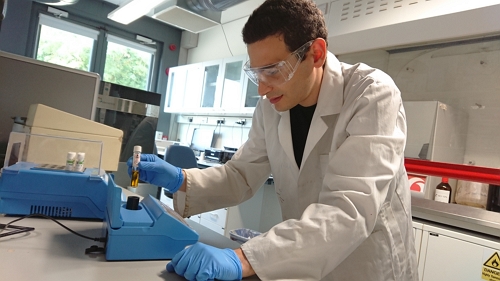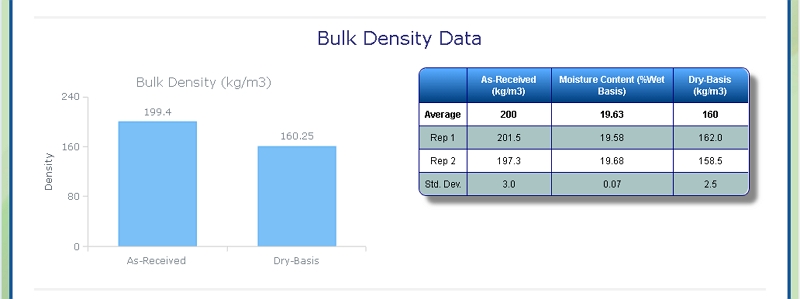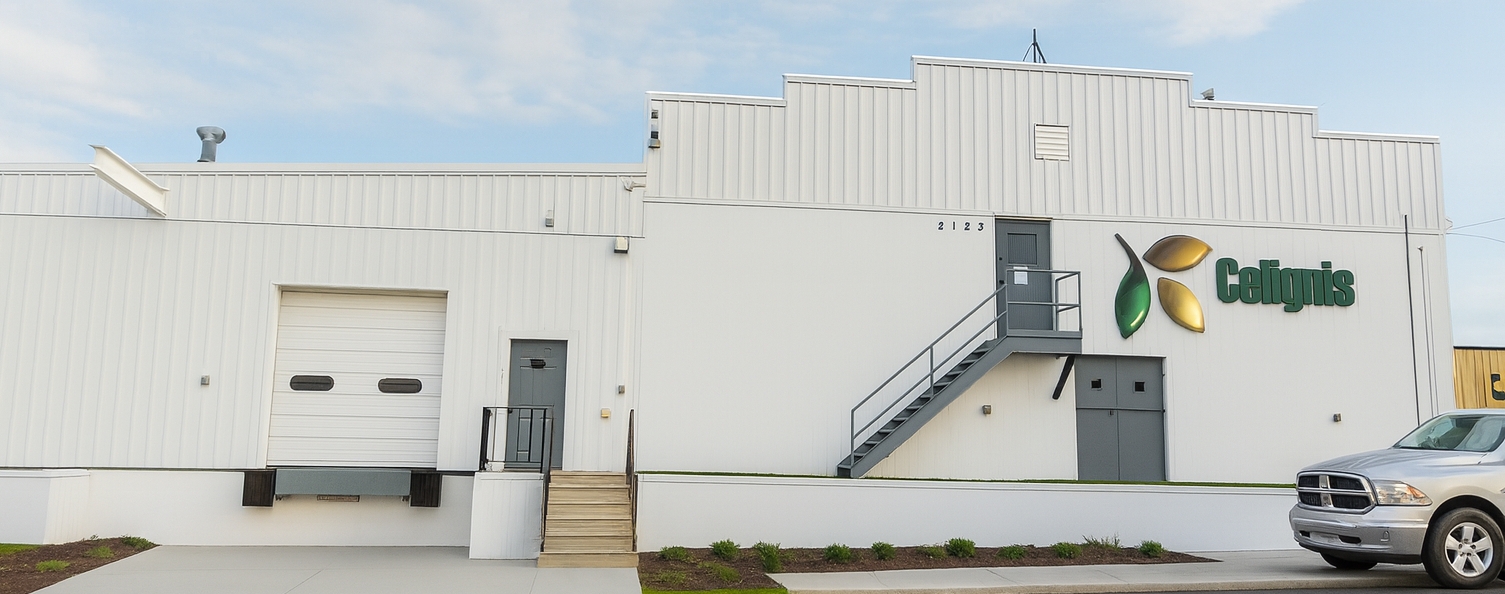Analysis of Hardwood
Background on Hardwood
Celignis founder Daniel Hayes has considerable experience in the chemical and near-infrared analysis of hardwoods and has characterised samples from a number of different species, incuding ash, alder, birch, and paulownia.
Analysis of Hardwood at Celignis
Celignis Analytical can determine the following properties of Hardwood samples:
Lignocellulosic Properties of Hardwood
Cellulose Content of Hardwood
Click here to see the Celignis Analysis Packages that determine Cellulose Content
Request a QuoteCellulose Content
Hemicellulose Content of Hardwood
The major group of hemicelluloses found in hardwoods are the glucuronoxylans. Specifically, this xylan is a O-acetyl-(4-O-methylglucurono)-b-D-xylan. The content of glucuronoxylan content of hardwood is typically between 15 and 30% by weight. In a few species, for example in some birches, the xylan content can reach as high as 35%. The xylan backbone has glucuronic acid substituents.
Also, unlike softwoods, the 2,3 positions of the xylose backbone may be partially acetylated with about seven acetyl residues per ten xylose units. The xylosidic bonds between the xylose units are easily hydrolysed by acids, whereas the linkages between the uronic acid groups and xylose are very resistant. The acetyl groups are easily cleaved by alkali.
Hardwoods also usually contain small amounts (2-5%) of glucomannan. It is composed of b-D-glucopyranose and b-D-mannopyranose linked by (1->4) bonds. The glucose to mannose residues are generally in the ratio of 1:2. The mannosidic bonds between the mannose units are more rapidly hydrolysed than the corresponding glucosidic bonds and glucomannan is easily depolymerised under acidic conditions.
Click here to see the Celignis Analysis Packages that determine Hemicellulose Content
Request a QuoteHemicellulose Content
Lignin Content of Hardwood
Click here to see the Celignis Analysis Packages that determine Lignin Content
Request a QuoteLignin Content
Starch Content of Hardwood
Click here to see the Celignis Analysis Packages that determine Starch Content
Request a QuoteStarch Content
Uronic Acid Content of Hardwood
Click here to see the Celignis Analysis Packages that determine Uronic Acid Content
Request a QuoteUronic Acid Content
Enzymatic Hydrolysis of Hardwood
Click here to see the Celignis Analysis Packages that determine Enzymatic Hydrolysis
Request a QuoteEnzymatic Hydrolysis
Bioenergy Properties of Hardwood
Ash Content of Hardwood
Young trees tend to have a higher ash content than mature trees and the ash content tends to be much higher in bark and foliage.
Click here to see the Celignis Analysis Packages that determine Ash Content
Request a QuoteAsh Content
Heating (Calorific) Value of Hardwood
With regard to the extractives, in woods these are substances that tend to be deposited in association with the transition from sapwood to heartwood. They also tend to be present in greater concentrations in barks. Large extractive concentrations are present in woods only in exceptional cases, most of these being tropical species.
Howard (1973) also found that the heating value of mixed stem-bark samples is inversely related to stem height. This is due to a greater proportion of the lower-heating value inner bark at greater heights.
Click here to see the Celignis Analysis Packages that determine Heating (Calorific) Value
Request a QuoteHeating (Calorific) Value
Ash Melting Behaviour of Hardwood
Ash Shrinkage Starting Temperature (SST) - This occurs when the area of the test piece of Hardwood ash falls below 95% of the original test piece area.
Ash Deformation Temperature (DT) - The temperature at which the first signs of rounding of the edges of the test piece occurs due to melting.
Ash Hemisphere Temperature (HT) - When the test piece of Hardwood ash forms a hemisphere (i.e. the height becomes equal to half the base diameter).
Ash Flow Temperature (FT) - The temperature at which the Hardwood ash is spread out over the supporting tile in a layer, the height of which is half of the test piece at the hemisphere temperature.
Click here to see the Celignis Analysis Packages that determine Ash Melting Behaviour
Request a QuoteAsh Melting Behaviour
Major and Minor Elements in Hardwood
We can also determine the levels of 13 different minor elements (such as arsenic, copper, and zinc) that may be present in Hardwood.
Click here to see the Celignis Analysis Packages that determine Major and Minor Elements
Request a QuoteMajor and Minor Elements
Analysis of Hardwood for Anaerobic Digestion
Biomethane potential (BMP) of Hardwood
At Celignis we can provide you with crucial data on feedstock suitability for AD as well as on the composition of process residues. For example, we can determine the biomethane potential (BMP) of Hardwood. The BMP can be considered to be the experimental theoretical maximum amount of methane produced from a feedstock. We moniotor the volume of biogas produced allowing for a cumulative plot over time, accessed via the Celignis Database. Our BMP packages also involve routine analysis of biogas composition (biomethane, carbon dioxide, hydrogen sulphide, ammonia, oxygen). We also provide detailed analysis of the digestate, the residue that remains after a sample has been digested. Our expertise in lignocellulosic analysis can allow for detailed insight regarding the fate of the different biogenic polymers during digestion.
Click here to see the Celignis Analysis Packages that determine BMP
Request a QuoteBMP
Physical Properties of Hardwood
Bulk Density of Hardwood
At Celignis we can determine the bulk density of biomass samples, including Hardwood, according to ISO standard 17828 (2015). This method requires the biomass to be in an appropriate form (chips or powder) for density determination.
Click here to see the Celignis Analysis Packages that determine Bulk Density
Request a QuoteBulk Density
Particle Size of Hardwood
Our lab is equipped with a Retsch AS 400 sieve shaker. It can accommodate sieves of up to 40 cm diameter, corresponding to a surface area of 1256 square centimetres. This allows us to determine the particle size distribution of a range of samples, including Hardwood, by following European Standard methods EN 15149- 1:2010 and EN 15149-2:2010.
Click here to see the Celignis Analysis Packages that determine Particle Size
Request a QuoteParticle Size
Catalytic hydropyrolysis of beech wood has been conducted in a fluid bed reactor at 450 C with a sulfided CoMo catalyst followed by a fixed bed hydrodeoxygenation (HDO) reactor with a sulfided NiMo catalyst at hydrogen pressures between 3.0 and 35.8 bar. Using both reactors the condensable organic yield (condensed organic and C4+ in gas) varied between 18.7 and 21.5 wt% dry ash free basis (daf) and was independent of the hydrogen pressure. At 15.9 bar hydrogen or higher the condensed organic phase was essentially oxygen free (<0.01 wt% dry basis (db)), but decreasing the hydrogen pressure to 3.0?bar increased the oxygen content to 7.8 wt% db. The char and coke yield was close to constant (11.0-12.7 wt% daf) at hydrogen pressures between 15.9 and 35.8 bar, but increased to 15.7 wt% at 3.0 bar hydrogen due to an increase in the polymerization of pyrolysis vapors. The measured carbon content on the spent catalysts from both the fluid bed and HDO reactor showed that coking of the catalysts increased when the hydrogen pressure was decreased below 15.9 bar. The increased coking at low hydrogen pressure (<15.9 bar) was ascribed to the polymerization of the more reactive oxygenates produced in the fluid bed reactor. | |
Levoglucosan has significant potential in commercial applications for the synthesis of polymers, solvents and pharmaceuticals. It is currently overlooked for commercial applications due to its high cost of synthesis and purification. We have developed a system to produce pure crystals of levoglucosan based on the fast pyrolysis of lignocellulosic biomass. A novel bio-oil recovery system concentrated levoglucosan along with other anhydrosugars, sugars and phenolic compounds in a non-aqueous 'heavy ends' fraction. Liquid-liquid water extraction separated sugar-rich solubilized carbohydrates from non-soluble phenolic compounds. The solubilized carbohydrate fraction, contaminated with partially soluble phenolic monomers, was filtered through Sepabeads SP207 adsorption resin to produce clarified juice. The composition of the clarified juice on a dry basis after resin filtration and rotary evaporation was 81.2% sugars, 4.45-4.60% volatile non-sugar, 1.71% carboxylic acids and 12.5-12.6% unidentified compounds, which was sufficiently pure to crystallize the sugars by evaporation. A cold solvent rinse of the crystal mass separated and purified levoglucosan from other sugars. Levoglucosan purity was 102.5% +/- 3.109% at the 99% confidence level. Techno-economic analysis of a plant pyrolyzing 250 tonne per day of pretreated biomass to produce cellulosic sugars indicated a minimum selling price (MSP) for pure levoglucosan crystals of $1333 per MT, which is less than one-tenth its current average market price. Operating hours of the plant, fermentable syrup yield and fixed capital are the most significant parameters affecting MSP. | |
A catalytic process for the upgrading of woody biomass into mono-aromatics, hemi-cellulose sugars and a solid cellulose-rich carbohydrate residue is presented. Lignin fragments are extracted from the lignocellulosic matrix by cleavage of ester and ether linkages between lignin and carbohydrates by the catalytic action of homogeneous Lewis acid metal triflates in methanol. The released lignin fragments are converted into lignin monomers by the combined catalytic action of Pd/C and metal triflates in hydrogen. The mechanism of ether bond cleavage is investigated by lignin dimer models (benzyl phenyl ether, guaiacylglycerol-?-guaiacyl ether, 2-phenylethyl phenyl ether and 2-phenoxy-1-phenylethanol). Metal triflates are involved in cleaving not only ester and ether linkages between lignin and the carbohydrates but also B-O-4 ether linkages within the aromatic lignin structure. Metal triflates are more active for ?-O-4 ether bond cleavage than Pd/C. On the other hand, Pd/C is required for cleaving ?-O-4, 4-O-5 and B-B linkages. Insight into the synergy between Pd/C and metal triflates allowed optimizing the reductive fractionation process. Under optimized conditions, 55 wt% mono-aromatics - mainly alkylmethoxyphenols - can be obtained from the lignin fraction (23.8 wt%) of birch wood in a reaction system comprising birch wood, methanol and small amounts of Pd/C and Al(III)-triflate as catalysts. The promise of scale-up of this process is demonstrated. | |




